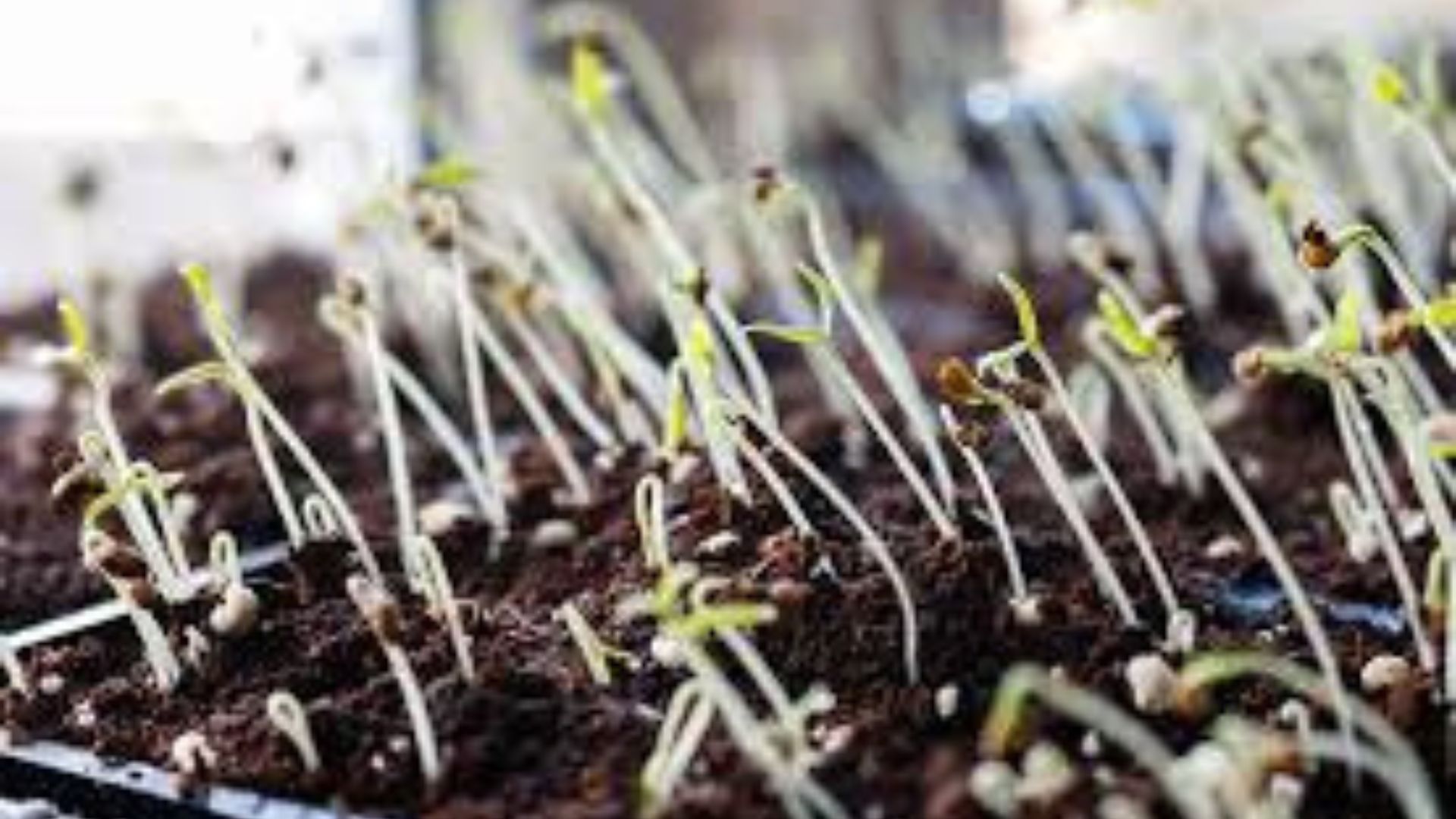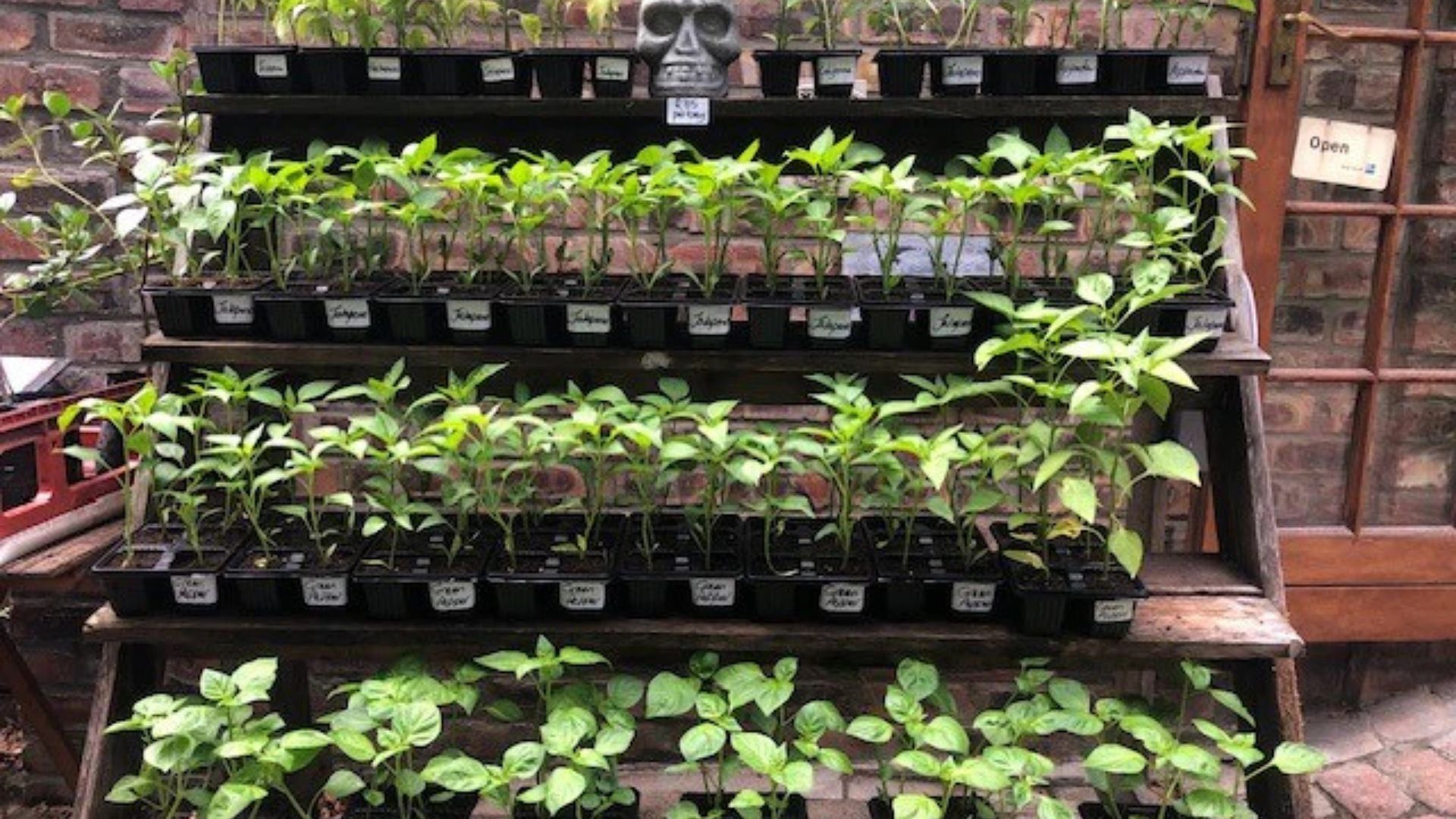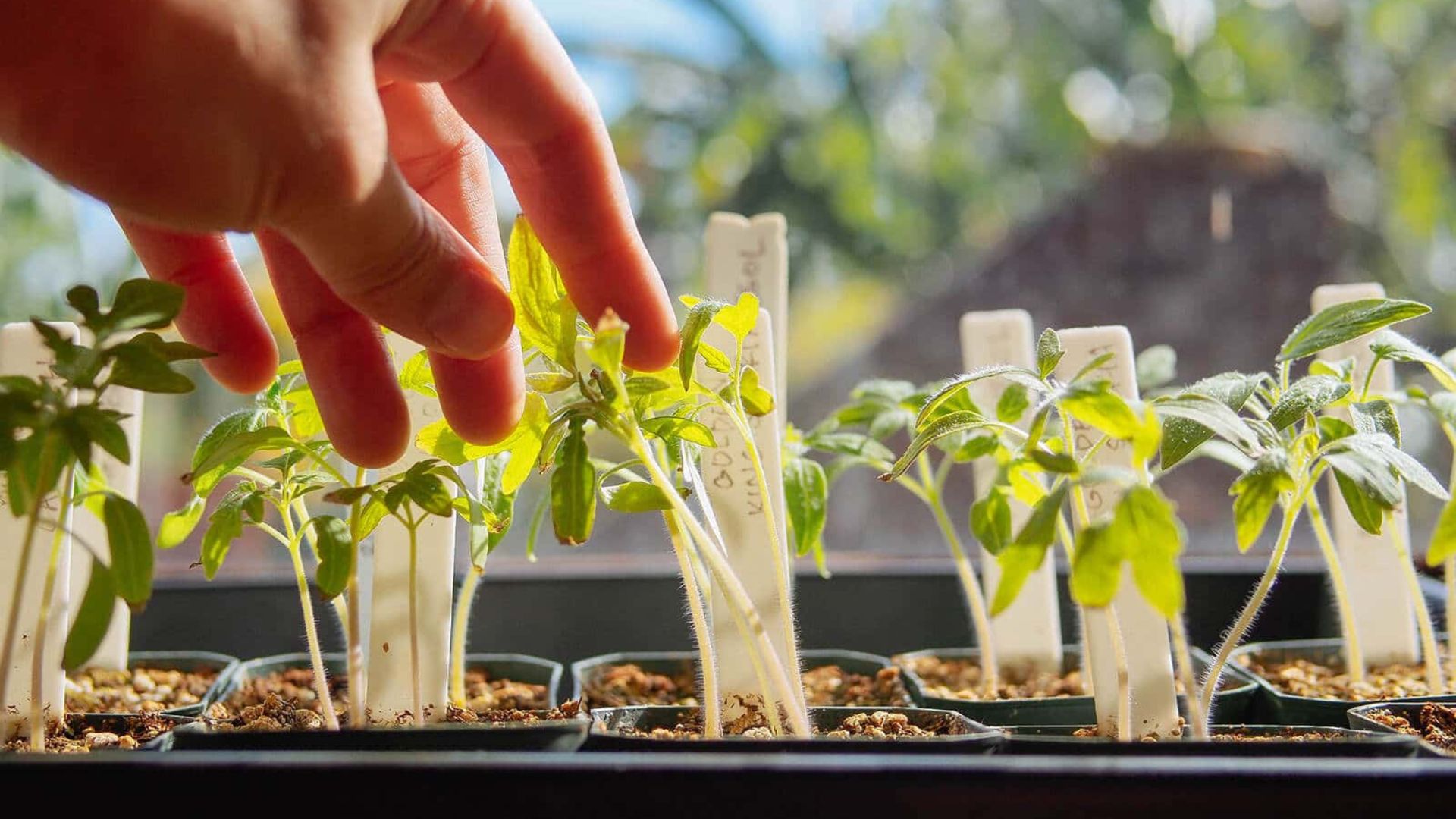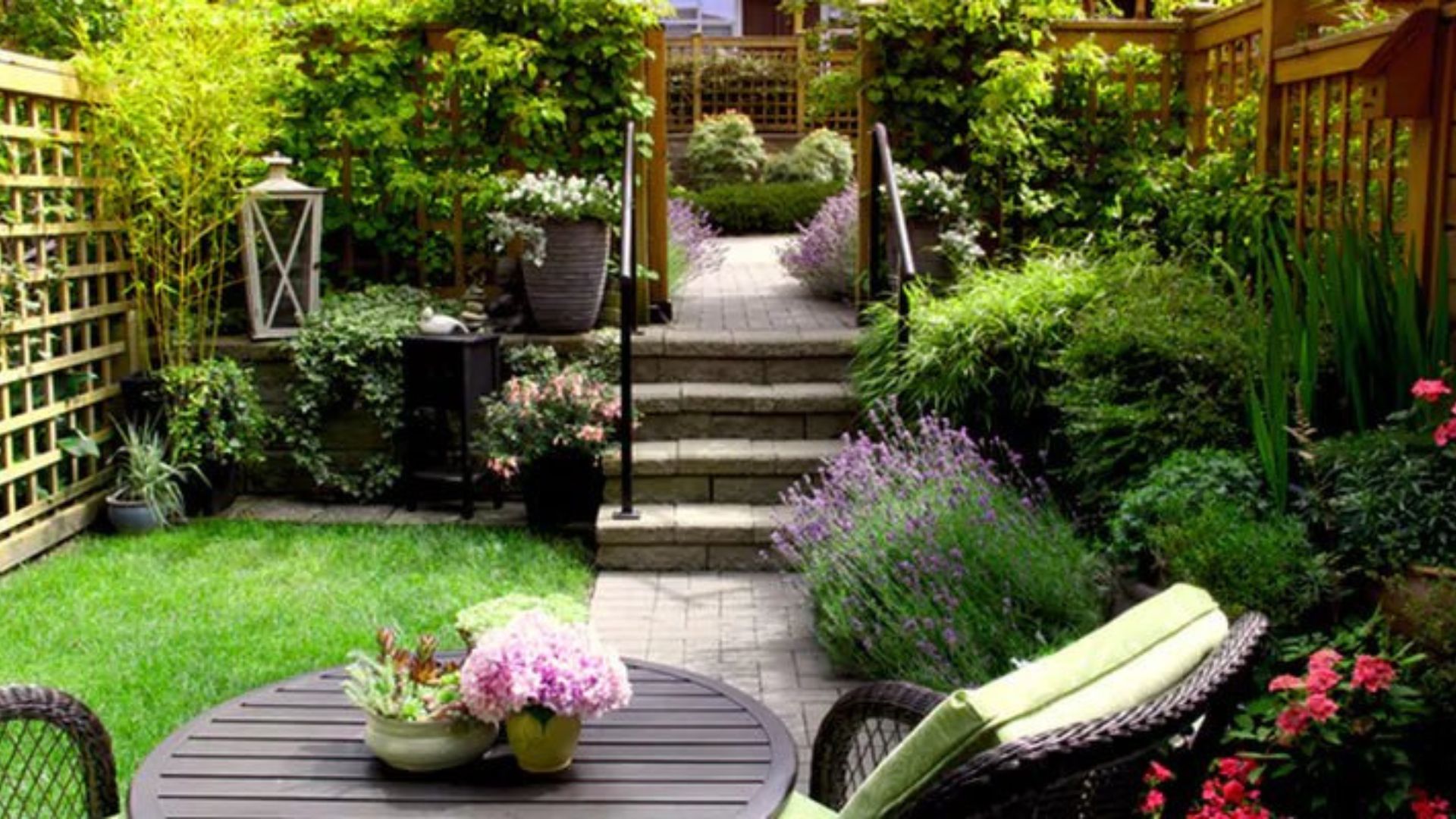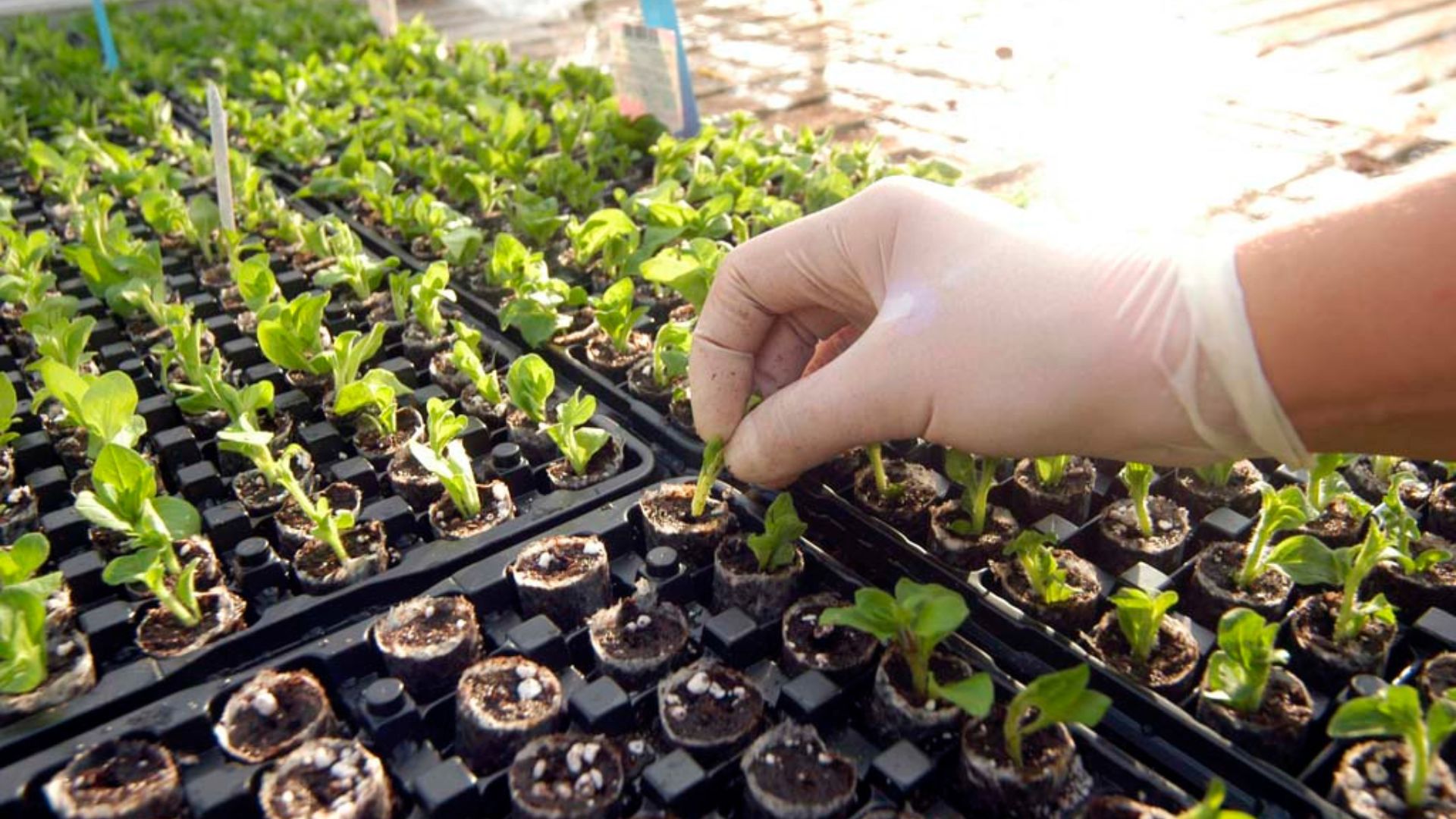Starting seeds is one of the most rewarding parts of gardening, but it all begins with the right soil. Using the best soil for seedlings sets the stage for strong roots, fast germination, and vibrant growth. Unlike mature plants, seedlings are delicate and need specific conditions to thrive. Choosing the wrong soil can lead to poor drainage, mold, or even total failure. Fortunately, with a little knowledge, you can give your seedlings the best possible start.
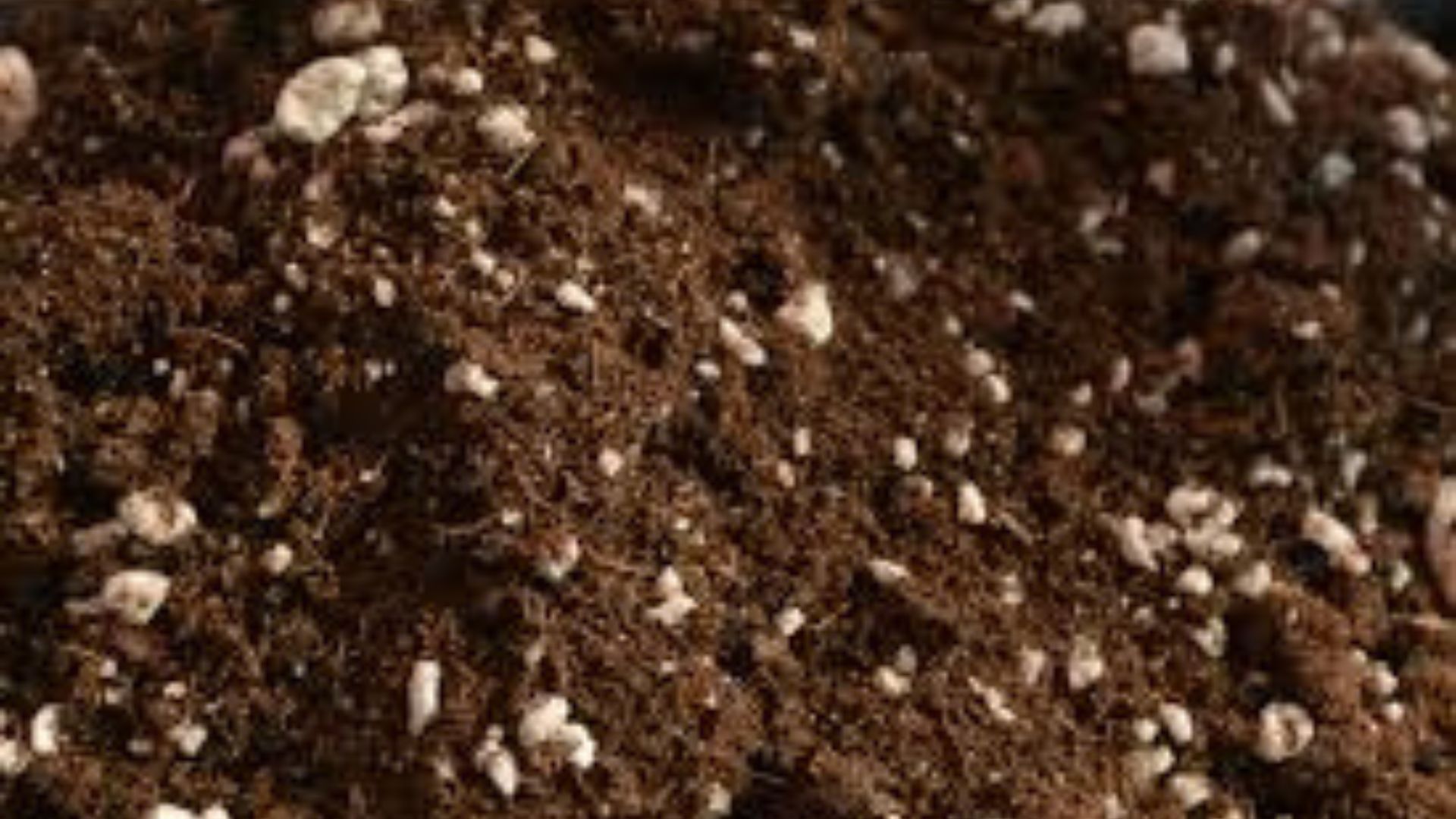
Understand What Seedlings Really Need
Seedlings have different needs than full-grown plants. They require a light, well-aerated soil mix that holds moisture but still drains well. Heavy garden soil can suffocate tiny roots and retain too much water, leading to rot. A good seed-starting mix should also be sterile, preventing fungus or disease from harming young sprouts. Since seeds contain their own nutrients, you don’t need a heavily fertilized mix — just a safe, supportive environment to begin life.
Ingredients in the Best Soil for Seedlings
Most quality seed-starting mixes include a blend of lightweight, natural materials. Common ingredients are peat moss or coconut coir for moisture retention, perlite or vermiculite for drainage, and sometimes a small amount of compost. Peat moss is popular but not eco-friendly, so coir is a sustainable alternative. Avoid mixes with large wood chunks or bark, as they don’t provide the fine texture seedlings need. When buying or making a mix, keep it light, clean, and balanced.
Store-Bought vs. Homemade Soil Mixes
Garden centers carry many commercial seed-starting mixes, and most work well right out of the bag. Look for those labeled specifically for seed starting — potting soil is often too heavy. Alternatively, you can make your own mix at home. A common DIY blend includes 1 part coconut coir, 1 part perlite, and 1 part vermiculite. Homemade mixes allow full control over ingredients, but it’s essential to sterilize the components to eliminate pathogens.
How Soil pH Affects Seedlings
The best soil for seedlings also maintains a neutral to slightly acidic pH — ideally between 5.5 and 6.5. This range supports nutrient absorption and root development. If the soil is too acidic or alkaline, it may cause nutrient deficiencies or stunted growth. You can buy a simple pH test kit to check your soil or mix, especially if you’re making your own. Adjusting pH is easy with lime (to raise) or sulfur (to lower) when necessary.
Keep the Soil Moist but Not Soggy
Even the perfect soil mix won’t help if it’s not watered correctly. Seedlings need consistent moisture, but they also need air around their roots. Overwatering can compact the soil and create a breeding ground for damping-off disease. Use a spray bottle or gentle watering can to keep the surface moist, especially before germination. Adding a humidity dome or plastic cover can help retain moisture without overwatering.
When to Add Nutrients to the Soil
While seeds don’t need much nutrition at first, seedlings eventually require food as they develop their first true leaves. If your mix is completely sterile, consider feeding seedlings with a diluted liquid fertilizer (¼ strength) after 2–3 weeks. Organic options like fish emulsion or seaweed extract are gentle and effective. This gradual approach avoids burning tender roots while giving your plants the nutrition they need to continue growing strong.
Conclusion
Selecting the best soil for seedlings might seem like a minor step, but it can make the difference between success and frustration. By choosing a light, clean, and moisture-retentive mix, you give your plants a strong and healthy foundation. Whether you buy a high-quality commercial mix or craft your own, focus on what your young plants truly need. Start strong, and your garden will thank you later.






